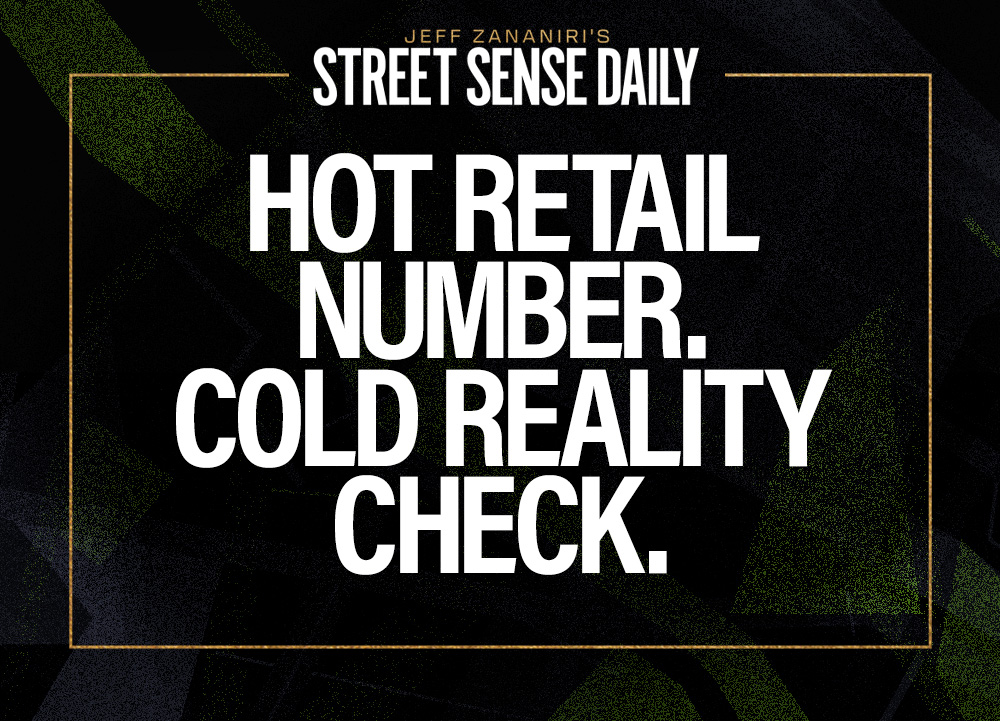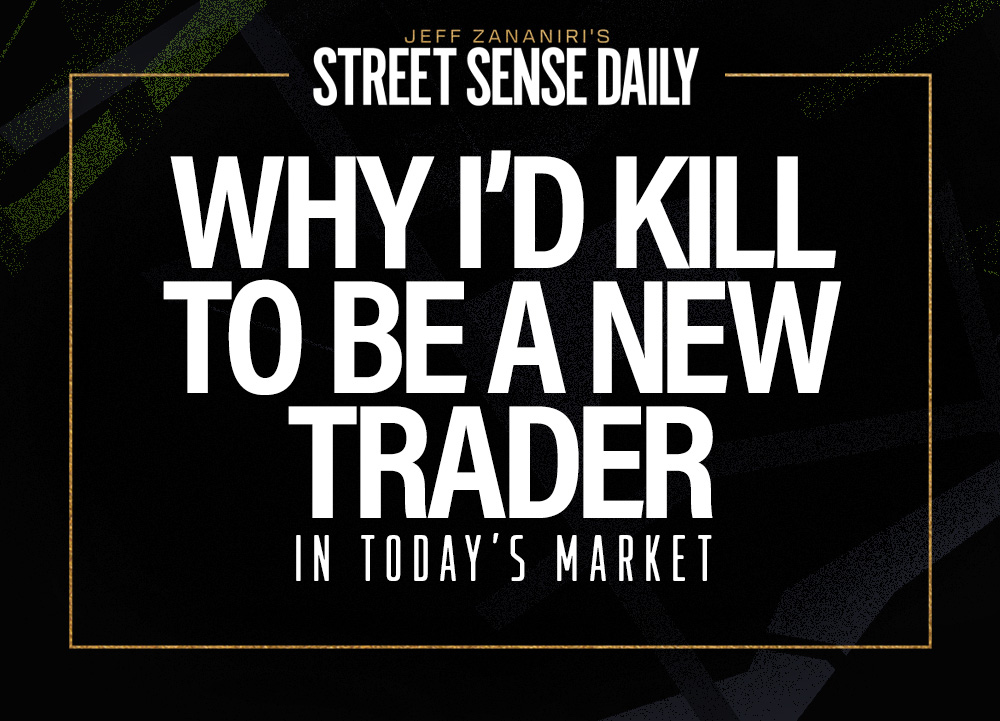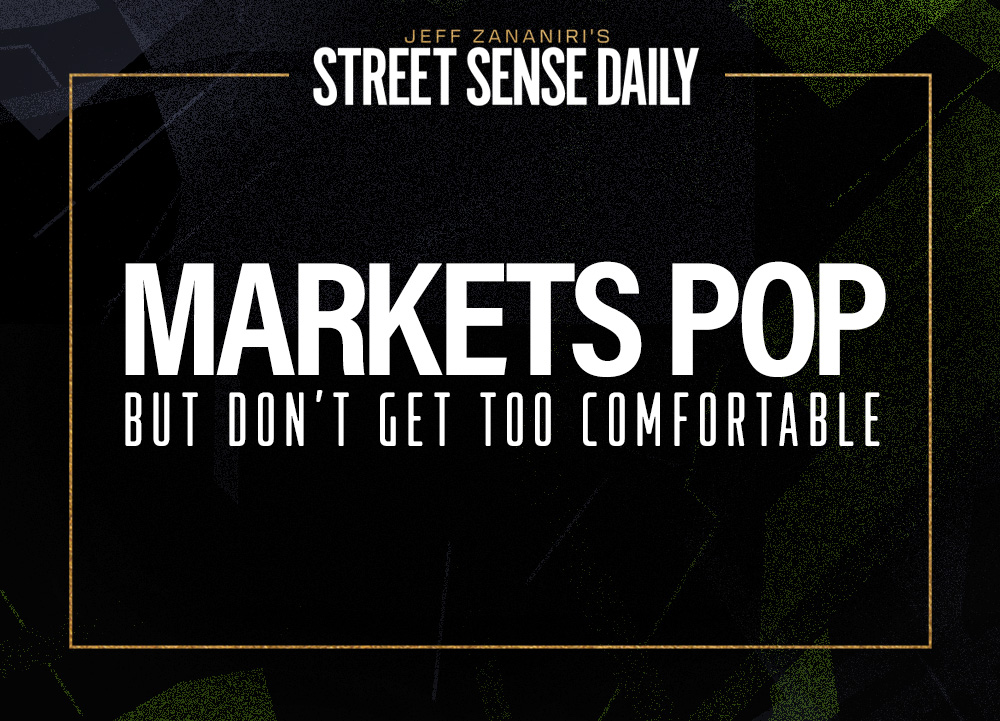Good morning, traders.
Let me ask you a simple question: If people are spending more money, is that bullish or bearish?
Most would blurt out “bullish!” without thinking twice.
But here’s where experience kicks in.
Retail sales jumped 1.4% in March — more than economists expected and the biggest increase in more than two years.
And yes, on the surface, that sounds like good news.
Consumers are out spending. Restaurants, online shops, clothing stores — money’s moving.
So, stocks should go higher, right?
Not so fast.
As an options trader, you can’t just take headlines at face value.
You’ve got to ask why the number moved, how it affects sentiment, and what’s priced in.
That’s where the edge is.
Now, let’s break this down.
First, the Headline Number Is Strong
That 1.4% jump shows consumers are still spending, even with inflation sticking around.
But don’t forget — the Fed’s been raising rates for two years trying to cool off the economy.
This kind of retail strength could mean the Fed stays hawkish longer.
That’s not a slam dunk for stocks.
The market has been betting on rate cuts this year. A hot retail print just threw cold water on that.
If rate cut expectations start getting pushed out, we could see a pullback — especially in interest-rate-sensitive names like tech.
NIVIDA and AMD, for example.
The federal government just announced it’s requiring new export licenses for some AI chips made by both companies. Their stocks took about a 5% dive in early trading Wednesday, too.
That’s where options come in.
Time to hedge some bets.
Second, This Opens the Door for Volatility
Stronger economic data means the “soft-landing” crowd gets louder. But so does the “higher-for-longer” inflation crowd.
And when those narratives collide? You get two-way action.
That’s opportunity for traders who know how to play both sides.
Think straddles, strangles, or even call spreads on discretionary names with earnings coming up.
Retailers that benefit from stronger consumer demand could see an extra pop.
But if the Fed keeps talking tough, that enthusiasm could fade fast.
Just remember: You’re not trying to predict what the Fed will do. You’re trying to trade how the market reacts to the uncertainty.
Third, Sector Rotation Is on the Table
If the economy keeps showing strength, money could rotate into consumer discretionary stocks and out of defensives.
You could look at plays in names like XLY (Consumer Discretionary ETF) or individual movers like Amazon, Nike, or Target.
But again, don’t chase.
Let the options market tell you what’s expected.
Is the implied volatility pricing in a big move? Are traders leaning bullish or bearish? Is there a skew in calls or puts?
That’s your roadmap.
Bottom Line?
The 1.4% retail sales bump isn’t just an economic stat — it’s a signal.
It’s telling us the consumer isn’t tapped out yet.
But it also raises questions about inflation, Fed policy, and whether this market has gotten ahead of itself.
Consumer spending might be high because people were trying to make large purchases ahead of potential tariffs (think washing machines and cars).
As an options trader, you don’t need to guess the direction of the next 50-point move on the S&P.
You just need to understand what might happen, and how to build a trade that benefits from either outcome.
Retail sales gave us a spark.
Now it’s our job to find the fire.
Best,
Jeff
P.S. If you want to be on fire with your trades, get the latest from Danny Phee Friday, April 18, at noon ET.
He’ll take you through my proprietary AI-powered GAMMA CODE system, which can detect useful market glitches in real time, leading to explosive gains like 216% on CHWY calls in 24 hours* and 200% on QCOM puts in 48 hours!*
Stop missing out on slam-dunk setups — Click here now to claim a GAMMA CODE membership.
*Past performance does not indicate future results



